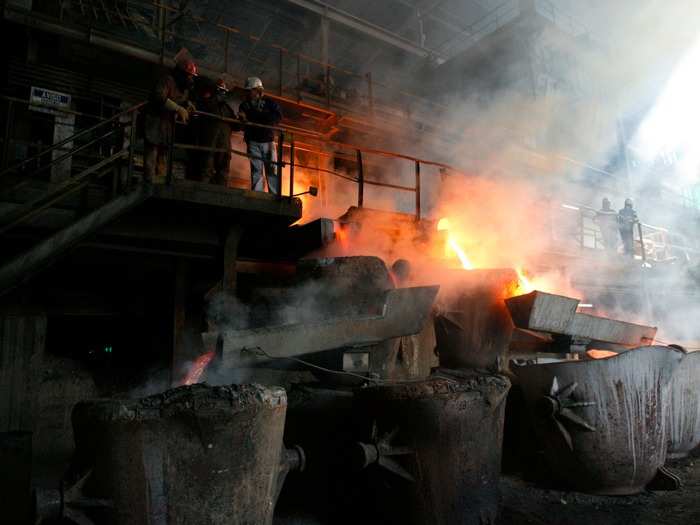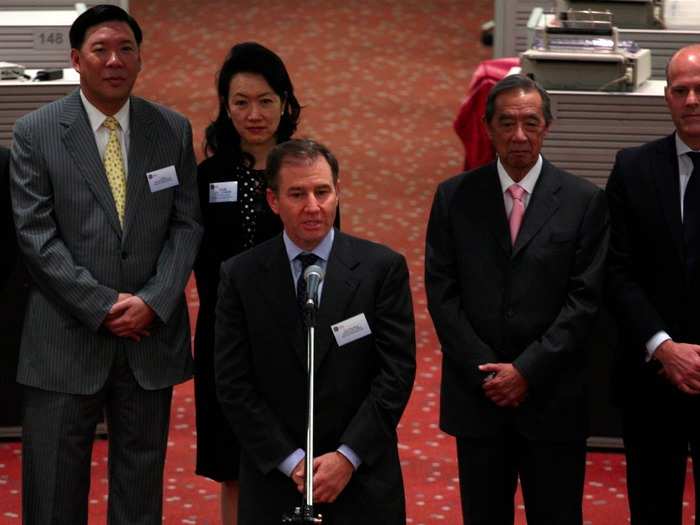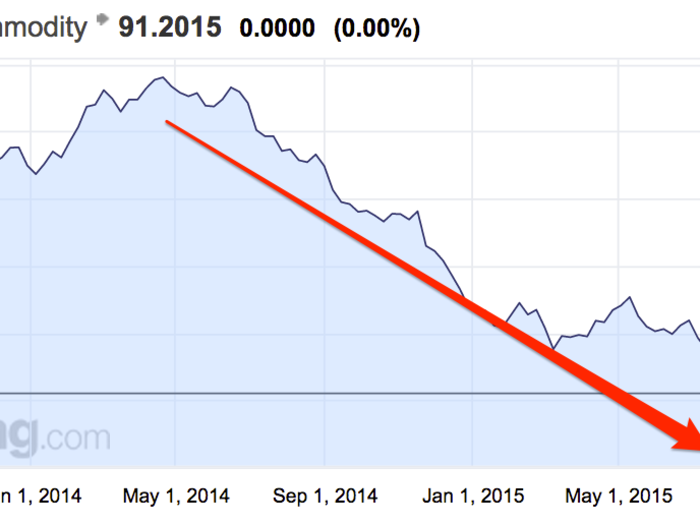- Home
- stock market
- The four-decade story of Glencore's explosive rise and fall
The four-decade story of Glencore's explosive rise and fall
The story starts with Belgian-born commodities billionaire Marc Rich, who, in 1974, circumvented the Arab oil embargo to buy oil from Iran and Iraq for $12 a barrel and sell it for a huge profit to US companies.

With the profits, Rich founds Marc + Co. AG in 1974. The company focuses on trading metals and oil.

In 1981, the company acquired a Dutch grain trading business, expanded into agricultural commodities and adds coal to its list of traded products.

In 1983, Marc Rich was indicted in the U.S. by then-U.S. prosecutor Rudolph Giuliani for multiple criminal activities including tax-evasion, racketeering and embargo breaches.

The charges could have come with a 300-year jail sentence, but Rich fled to Switzerland, protesting his innocence. He stayed on the FBI's most wanted list for many years. HIs companies pay $90 million in fines for breaches of the tax code.

In 1987, Glencore diversified away from pure commodities trading. It bought a 27% stake in a U.S. aluminium smelter. A year later, it bought a two-thirds stake in a Peruvian lead and zinc mine. The company became notable for its use of debt financing – a deliberate strategy adopted by Rich.

In 1993, Rich lost $172 million and control of his firm in a failed attempt to dominate the market for zinc. After a management buy-out, Marc Rich + Co AG was reborn as Glencore in 1994. Willy Strothotte became CEO.

In 2001, Marc Rich was controversially pardoned by Bill Clinton on his last day as US president. It later emerged that Denise Rich, Marc Rich's wife, made a $1 million donation to the Democrat party.

Glencore went public on the London and Hong Kong Stock Exchanges in 2011. Shares were priced at 530p each in a deal valuing the company at $60 billion. The prospectus provided to investors about the company was 1,637 pages long.

In 2013, Glencore completed its merger with mining company Xstrata. The deal, which took 450 days, created a company with 190,000 employees in 50 countries and more ships than the British navy. Glencore CEO Ivan Glasenberg took the helm of the new firm.

Marc Rich died in the same year.

Earlier this year, commodity prices hit record lows as demand from China and other emerging market economies crawled to a halt. Shares in Glencore plunged 10% to 159p on August 19 after disappointing financial results and concerns about the company's massive debt pile.

On September 7, Glencore tried to reassure investors with a plan to slash its $30 billion net debt by $10 billion by the end of next year. Glasenberg personally took a large stake in new shares being issued.

It didn't work and concerns intensify. Pure panic sets in on September 28 and shares collapsed by more than 28% in a day, to less than 70p, after analysts pointed out that all the shares could be wiped out to pay back the company's debt.

A day later, the shares staged a major comeback after the company asserted that it is "operationally and financially robust."

After rumours that Glencore is open to takeover offers, the stock surged another 7% on October 5, with shares up as much as an insane 70% in Hong Kong trading. The market volatility shows that no-one is quite sure what the company is worth.

Popular Right Now
Popular Keywords
Advertisement